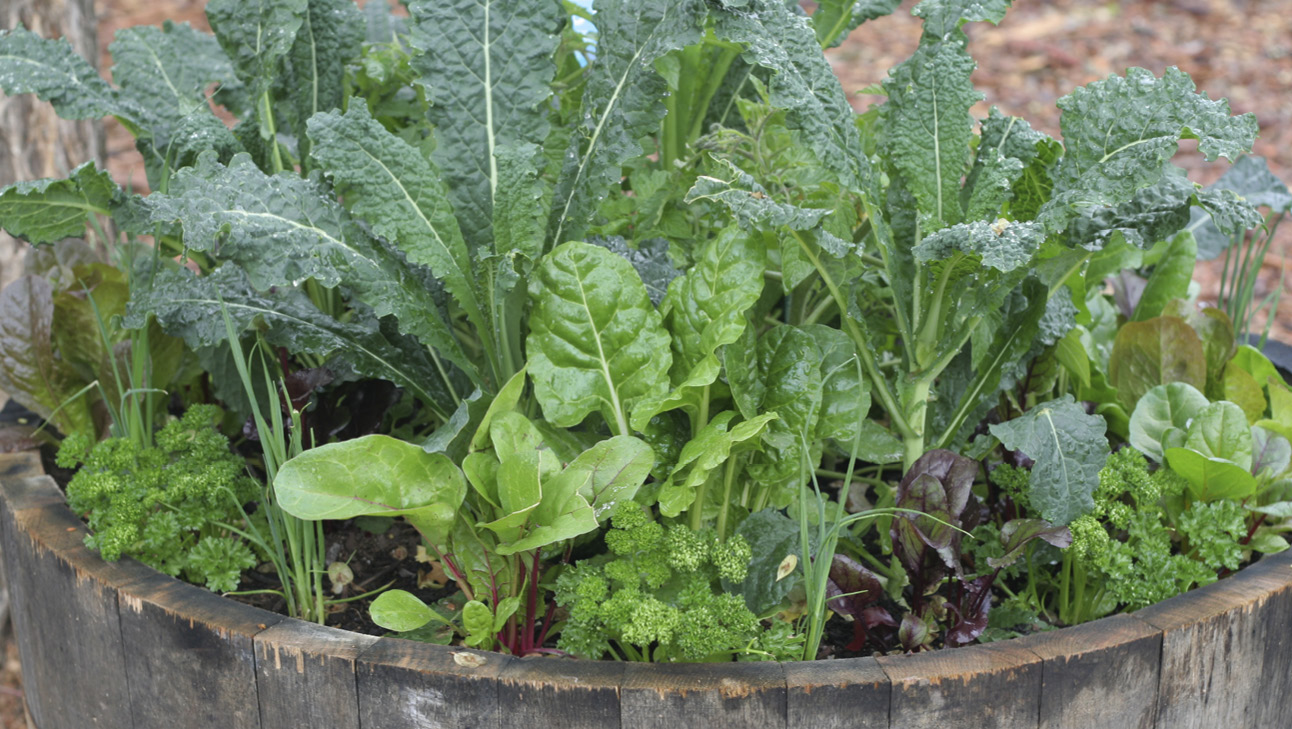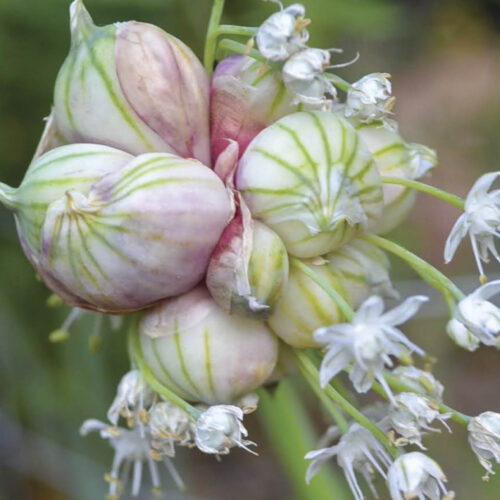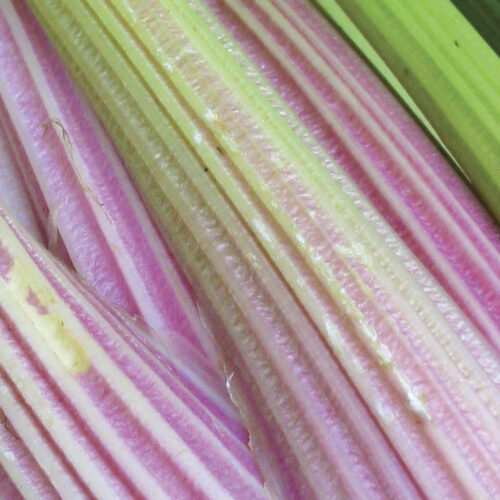All Hail King Kale
2011-06-29T22:32:55+10:00
Kale is one of the easiest, and most nutritous vegies to grow during winter. JUSTIN RUSSELL sings its praises, and gives some ideas for kale to be used in the kitchen.
For decades, kale was regarded as a second rate vegetable because of its association with peasant culture in places like Ireland, Scotland, and Italy. But in recent years the maligned, poor cousin of the brassica family has found its way onto heritage seed lists, and adventurous gardeners are learning what generations of Irish and Italian peasants have known all along – that kale is the king of winter vegies.
How to grow kale
Kale’s virtues are many. It is easy to start from seed, and will germinate in the dead of winter. It’s extremely frost tolerant. In fact the flavour actually improves after a good freeze, and in my garden, various types of kale have survived temperatures as low as -10C. As for its nutritional benefits, kale is considered the most nutrient dense vegie on earth. It has powerful antioxidant properties that help minimise the risk of cancer and contains high levels of vitamins A and C. Some people justifiably call it a superfood.
In my garden I’ve got two varieties growing at the moment – Red Russian and Tuscan Kale or Cavolo Nero. The former produces an abundance of frilly, glaucous leaves with striking red veins. He leaves of Red Russian turn purple in cold weather, and unlike some kales, are tender and handsome enough to use raw in salads. They can also be cooked, but don’t overdo it. All you’re aiming to do with tender leaves is wilt them, not boil them to a pulp.
Red Russian’s good, but Cavolo Nero is my favourite. The name literally means black cabbage in Italian, and while not inky black, they are a very dark green. For those who have childhood memories of soggy, boiled greens, don’t let the cabbage part of the name put you off. I find Tuscan kale a far more refined vegetable than old fashioned cabbage, and consider it superior both in terms of how showy it is in the garden, but most importantly, how it tastes. For a hearty winter breakfast, try combining Tuscan kale with eggs and caramelised onions in a frittata and for an easy dinner, it makes a perfect risotto ingredient. But my favourite way to use the vegetable above all others is in colcannon. This Irish dish is traditionally made by stirring shredded cabbage through mashed potato, but I like to fry off the kale with some bacon and garlic before adding to the spuds. It’s a bit of a cultural mash-up, I’ll admit, but the combination of creamy spuds with the saltiness of the bacon and slight bitterness of the kale is very tasty. Even my kids like it. Now that’s the ultimate vote of confidence.






